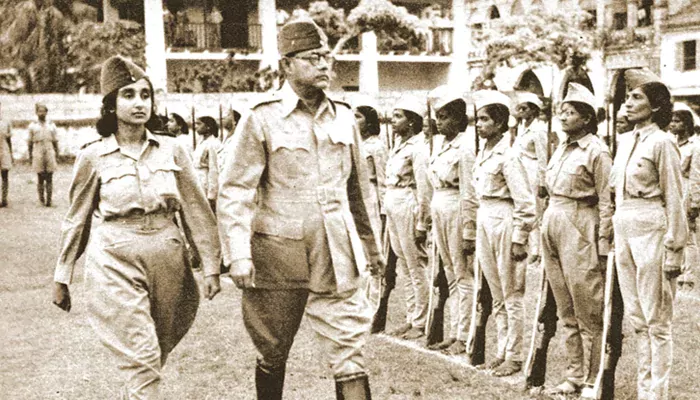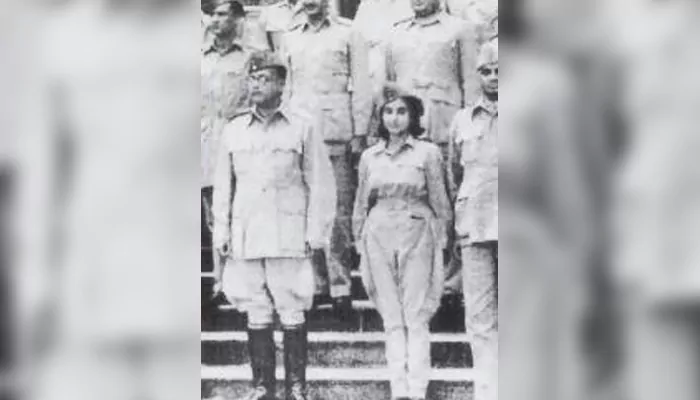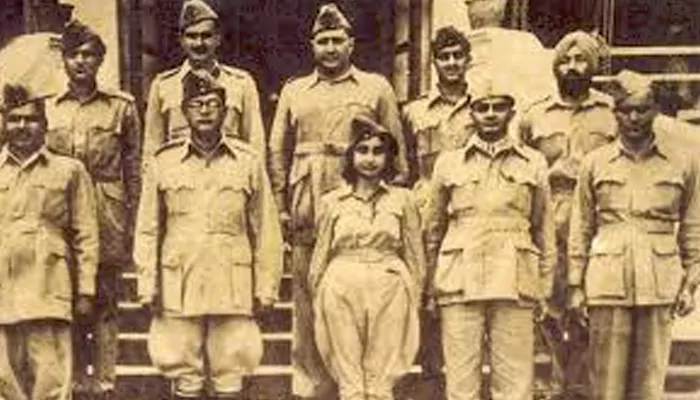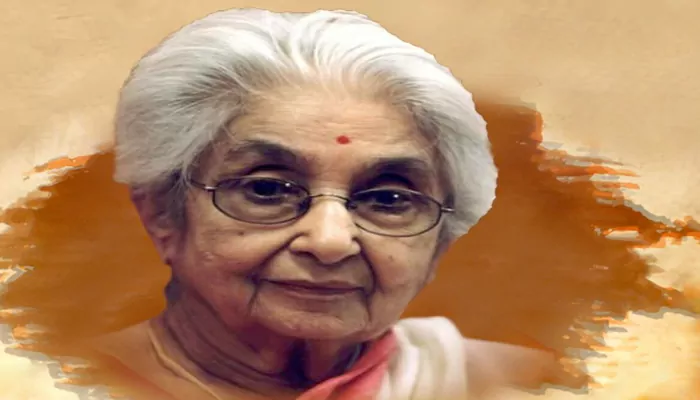
More than a commander, she was the invisible strategist of a rebel army.
Lakshmi Sahgal was no ordinary freedom fighter. Before she became the face of the Rani of Jhansi Regiment in the Indian National Army (INA), she was a practising doctor in Singapore. Born in 1914 in Madras (now Chennai), she studied medicine and later moved to Singapore in the early 1940s. But her stethoscope didn't silence the call of revolution. When Subhas Chandra Bose reached Singapore in 1943, seeking to revive the INA with Indian prisoners of war and civilians, Lakshmi stepped forward—not just to fight, but to lead.
Lakshmi's meeting with Netaji Subhas Chandra Bose was a turning point—not just for her, but for the Indian freedom struggle. Bose had a vision: a women's regiment that would fight alongside men to liberate India. Lakshmi agreed instantly. Soon, she was Captain Lakshmi, leading the newly formed Rani of Jhansi Regiment. But her real strength lay not just in leadership—it was in planning. Behind the scenes, she was mapping out supply lines, anticipating enemy moves, and training her women soldiers in jungle warfare.

While Bose remained the face of the INA, Lakshmi became its invisible hand, working in silence but with precision. The British viewed the INA as a symbolic force, but internally, Bose and his commanders trusted Lakshmi with critical strategy. She organised recruitment drives, managed logistics for her regiment, and oversaw medical support in rough terrain. Her familiarity with terrain, gained from fieldwork in Southeast Asia, helped her advise on guerrilla tactics, especially during the Burma campaign.

By late 1944, the INA, including the Rani of Jhansi Regiment, was deployed alongside Japanese forces in Burma (now Myanmar). The fighting was intense, the conditions brutal. Many INA officers were inexperienced in jungle combat, but Lakshmi had anticipated this. Her prior training drills, ration stockpiling plans, and first-aid kits saved lives. Her regiment wasn't just symbolic. They marched, they fought, and they carried the wounded under fire. Lakshmi herself often rushed to the front to care for injured comrades.
As the Allied forces pushed back, the INA began retreating in early 1945. Lakshmi oversaw the withdrawal of her unit, managing to save both troops and civilians from being captured. But eventually, she was arrested near the Burmese border. British authorities held her in Rangoon (Yangon) before moving her to India. But her capture only amplified her legend. As INA trials began in 1945, her name became a rallying cry. A woman who dared to wear a uniform, carry arms, and lead men into battle—India had never seen anything like her.
After India's independence, Lakshmi returned to civilian life—but never to comfort. She married fellow INA officer Prem Kumar Sahgal and settled in Kanpur. She ran a clinic for poor women and children, often treating patients for free. In the 1970s, she joined the Communist Party of India (Marxist), staying true to her belief in equality. She offered medical help to refugees during the Bangladesh war and to victims of the 1984 anti-Sikh riots. Politics and service were just new fronts in her lifelong fight against injustice.

Captain Lakshmi Sahgal passed away in 2012 at the age of 97. Her life is often framed through the lens of bravery and nationalism, but her true genius lay in strategic thinking. She wasn't just a commander; she was a planner, a thinker, and a quiet force behind many of INA's most crucial decisions. She showed that leadership doesn't always roar—it can whisper, and still move mountains.